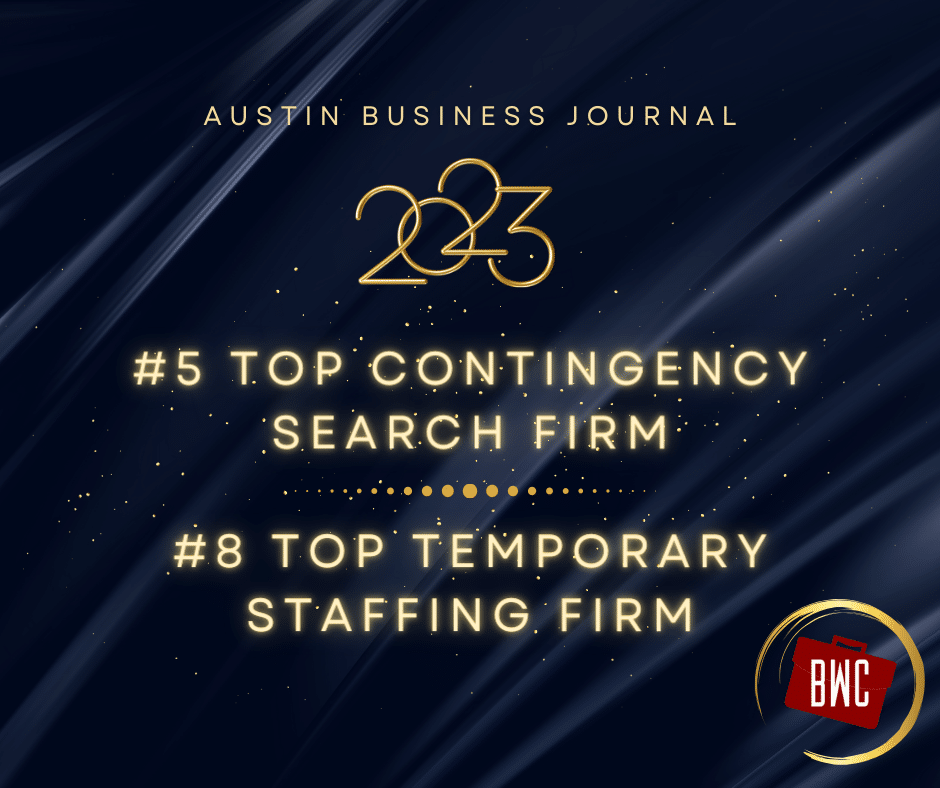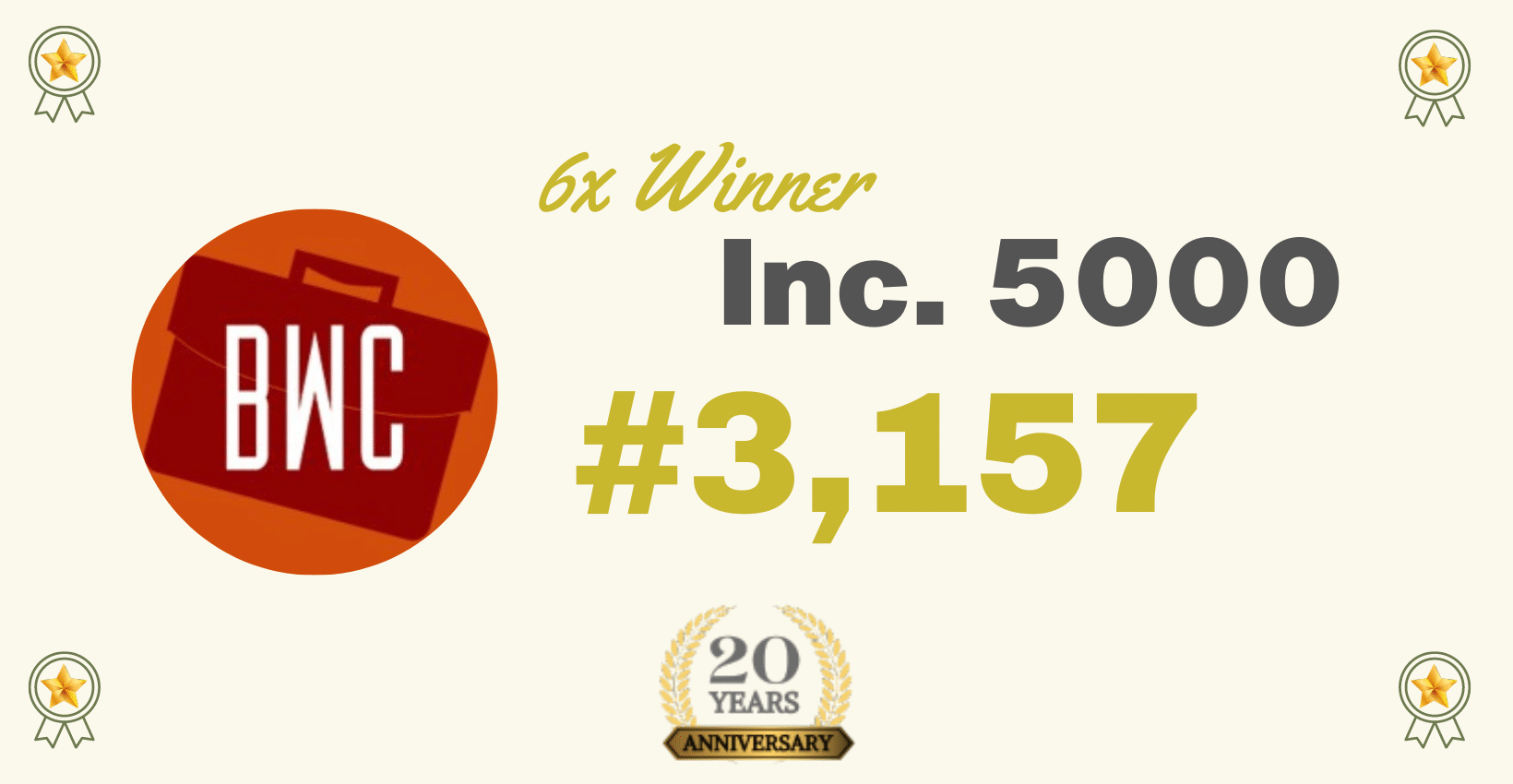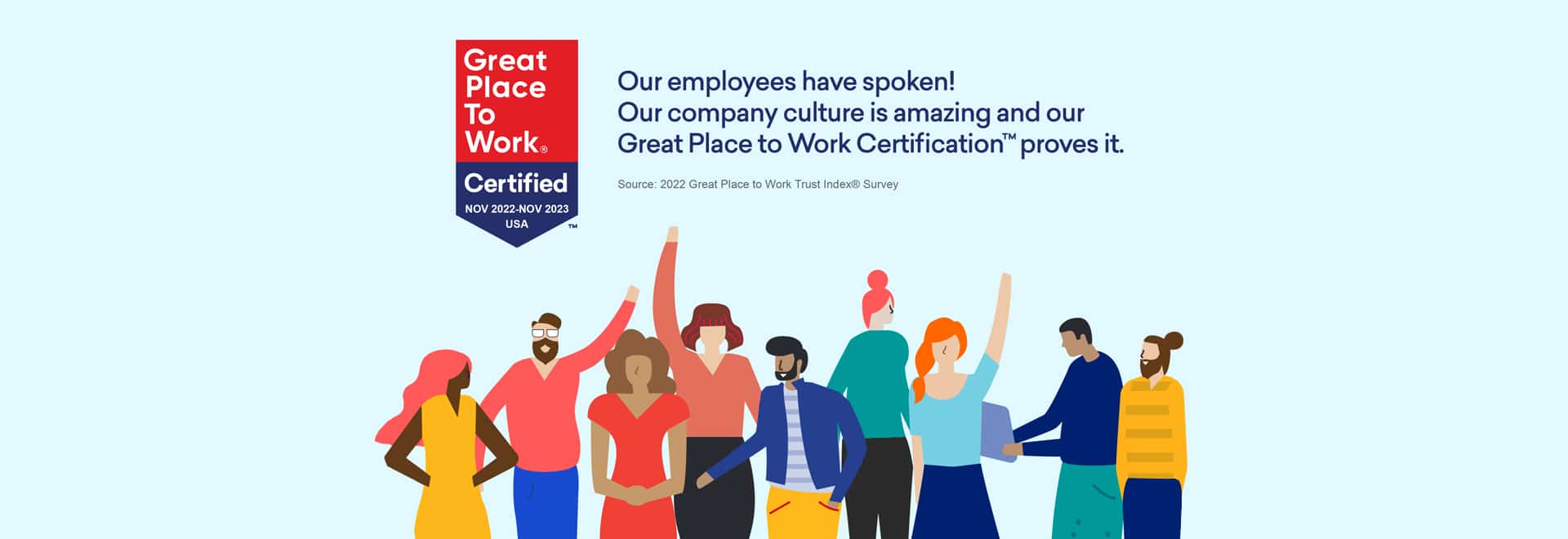We’ve all heard reports from media and colleagues about the strong growth in actual and projected hiring activity during the past year, and it seems likely that these trends will continue or even accelerate throughout the rest of 2018.

Those of us on the front lines of today’s talent wars likely have examples of candidates accepting another firm’s offer before our client finally got around to extending one. Worse, when one of our candidates accepts an offer, then turns around a week later and accepts another firm’s offer, perhaps at a salary that’s 10% (or more) better than our client’s offer. Today, these scenarios are playing out more often than at any time in recent memory. What actions can firms take to hire their top candidates?
Companies must accelerate the selection process and make rapid hiring decisions. When a candidate is selected for an offer, firms must present their strongest offer first and quit playing games with the process. This is a candidate’s market – trying to “get them for a bit less” or thinking “we can’t increase them x% above their current salary” will send top talent elsewhere, and quickly.
Top candidates who are in the market today will have several companies to consider and will likely want to meet with a few firms to determine the best situation – for them!
If your reaction to this is skeptical…well, this is for you. Guess what – you’re watching from the sidelines. How’s your popcorn?
Here’s the thing: This is not 2009, and your next top hire won’t be easy.
Candidates won’t be lined up begging for an interview. And they certainly won’t wait around for 6-8 weeks while you talk to “just a couple more,” then get everyone into the office to make a decision one day next month, wait for the HR leader to return from vacation, and finally extend a low-ball offer that’s barely 10% above their current salary. Wait for it…
What, the candidate turned it down, why? Scenarios just like this unfold every single day. It’s simply impossible for some long-term hiring managers to recognize what’s happening, and frankly, some of them don’t believe it and refuse to change. We hear comments like “wow, how did that happen – they just interviewed last week and loved us – I couldn’t wait to hire them”. No, really – that happens. A lot.
This is not a trivial problem anymore. This is a candidate’s market, and employers with the old mindset simply won’t be able to hire effectively in today’s competitive labor market. Candidates have many jobs and companies to consider. When we find the right candidate, we better make a strong offer quickly.
Beyoncé summed it up well: “if you liked it, then you should have put a ring on it”. Remember that when you see your top candidate at some conference 3 months from now, working for your competitor.
So, what do we do? Put down the popcorn.
Join us in 2018 and take Beyoncé’s advice.
- Your top candidates are your competitor’s top candidates. Hire them first or lose them. Your move.
- Your hiring process is still too slow. Even if “the committee just reworked it last year”, it’s too slow. Fix it again, and this time, lose the committee. Make it happen faster. Use technology, empower fewer leaders to own the process, eliminate that 14th interview, whatever it takes.
- A longer selection process does not mean that better hires are made. Back in the day, perhaps this had some merit. Today, the reverse is more likely to be true. Nonsense, you say? The problem is that the best candidates will simply be off the market well before you’ve analyzed the insightful correlation between candidate shoe size and new hire performance evaluations at the 5-year mark. You can’t hire the best candidates when they’re no longer available. Longer time-to-hire doesn’t mean better hire.
- Top candidates’ perception of your hiring process is a problem. Regardless of market forces, today’s top talent – particularly the 20-30somethings – understands their value, knows that it’s a candidate’s market and expects to be hired quickly. Even if your competitor doesn’t hire them first, they may decide that your company’s 1970’s culture isn’t a fit for them and simply pass. Your hiring process is a reflection of how things happen in your company, and top candidates want to be part of top teams.
- Top candidates are our customers. How would your Business Development VP react if their team was messing up things with our best customers, ignoring them for weeks, not making decisions, making them wait around until we felt like taking care of them, generally ticking them off? Yeah, that’s what I thought. Well, for the Talent Acquisition team, candidates are our customers. So, act like the Bus Dev VP would act – get fired up and make something happen to fix our relationship with our best customers.
Be super responsive, act with urgency, make decisions quickly, and make aggressive offers. When we manage our candidates the same way we manage our customers, we’re on the right path.
And when you like what you see in a top candidate, you better put a ring on it…or the other firm will.






Leave A Comment